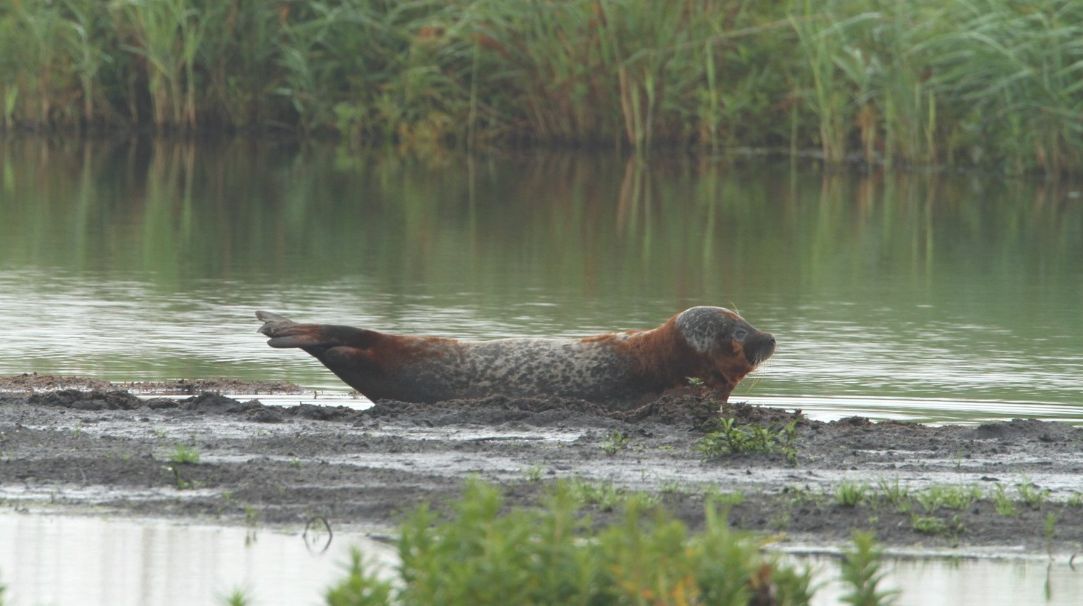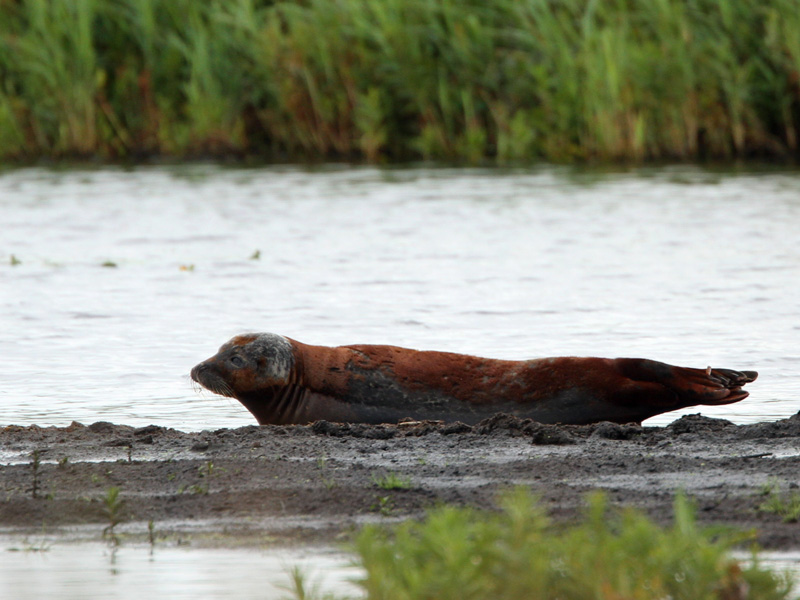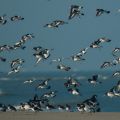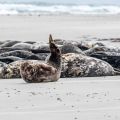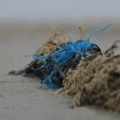Seals in fresh water
As the name suggests, seals live in salt water. Nevertheless, it sometimes happens that we receive a report of a seal in an area with fresh water. Such a report often comes in with the question: "Isn't that a bad thing?"
Luckily, that is not the case. A seal mainly needs fish to survive and they are also in fresh water. There are reports of seals in the Utrecht canal, the Schildmeer and in the major rivers. Seals are smart. They usually find their way back.
See also
Influence of fresh water on health
Seals don't necessarily need to be in salt water to survive. Unlike other marine animals, they are not very sensitive to the salinity of water. It is true that after a while their eyes can get irritated. Apart from that, seals can survive in fresh water for a while. As long as there's plenty of fish to hunt.
Reports of seals in fresh water
The two most recent cases reported to us are seals Hulcky and Thor. We took Hulcky from the Veluwemeer when it turned out that she was suffering from a lungworm infection. She was taken in at the Sealcentre and eventually released back into the sea.
Seal Thor was just seen in the fresh water of De Onlanden after we had caught and released him. Thanks to its tag and its spots on fur, we were able to recognize that it was this specific seal. After a while he found his way back on his own.
Since March 2012 we have had more reports:
- March 2012: common seal near Goudswaard, South Holland.
- December 2012: common seal in the Biesbosch.
- December 2012: common seal in the Schildmeer, Groningen. The animal seemed to swim back and forth between the Schildmeer and Farmsum.
- January 2013: common seal in the Meuse near Dreumel.
- April 2013: common seal in river Hunze in Drenthe, moved on by itself.
- December 2013: common seal in the Schildmeer, Groningen. Unknown if it was the same seal. The animal was seen with fish in its mouth.
- August 2015: ringed seal in Utrecht canals, collected at seal sanctuary A Seal in Stellendam.
- October 2015: common seal in Biesbosch.
- March 2016: common seal in the Maasplassen near the Weerd in Roermond.
- November 2016: common seal “Hulcky” spotted in Veluwemeer.
- August 2021: common seal Thor spotted first in Peizerdiep, later in De Onlanden.
Seal species in freshwater
The seal species that occur in the Netherlands all live in salt water. But there are seal species in the world that actually live in fresh water. There are five in total. These populations probably became separated from the sea long ago.
It concerns the following five species:
Lake Iliamna, Alaska Phoca vitulina mellonaea freshwater subspecies of the common seal.
Lake Baikal, Siberiia Pusa sibirica, Baikal seal , a separate species. Also the smallest seal species.
Lake Ladoga, Russia Pusa hispida ladogensis, freshwater subspecies of the ringed seal.
Lake Saimaa, Finland Pusa hispida saimensis, freshwater subspecies of the ringed seal.
Lac des loups marins, Quebec Phoca vitulina mellonae, a freshwater subspecies of the common seal.
Bron: Van Lanen, 2012
Were there more seals in fresh water in the past?
It is believed that more seals visited the Dutch inland waterways in the past, but that has decreased in the last century.
The construction of flood defenses in all major rivers in the Netherlands has probably contributed to this. Because of all the locks, dikes and scuppers, it is quite difficult for a seal to find an easy way to inland. Sometimes seals find a way, but they get lost along the way and can't find their way back. If those animals do not receive enough food, then action must be taken to help them return to the sea. In other cases, seals seem to know very well how to move between sea and lake.
The seal that has already been seen a number of times in the Schildmeer, for example. It was first seen at Farmsum, then at Schildmeer. To get to that lake, the seal first had to swim through a channel to the south, and then swim into a small drainage channel. When the animal was later spotted again at Farmsum, it seemed that the animal knew what it was doing. A year later another seal was seen in the Schildmeer.
It has been said by several people that the seals may be able to learn how locks work.
Water quality deteriorating: less fish means fewer seals?
Due to industry, agriculture and waste water from households, the water quality has deteriorated rapidly in the last century. Due to the deteriorating quality of the freshwater ecosystem, many freshwater bodies became uninhabitable for certain fish species. As a result, diversity in many freshwater bodies also declined sharply. As mentioned before, seals need a lot of fish to survive. If that fish is not there, a seal will not easily choose to hang out in such an area.
Improving water quality + opening rivers for more fish: more seals in the future?
In the past few years, a lot of work has been done to improve the water quality. And that will continue. Various projects are also being developed to increase the species richness in Dutch waters. For example, by leaving the sea locks ajar and creating fish passages in dikes, it is hoped that migrating fish species will return to the Dutch interior. With this return, they hope that the ecosystem will improve.
Perhaps with this improvement we will encounter more seals in Lake Veluwe in a few years?


